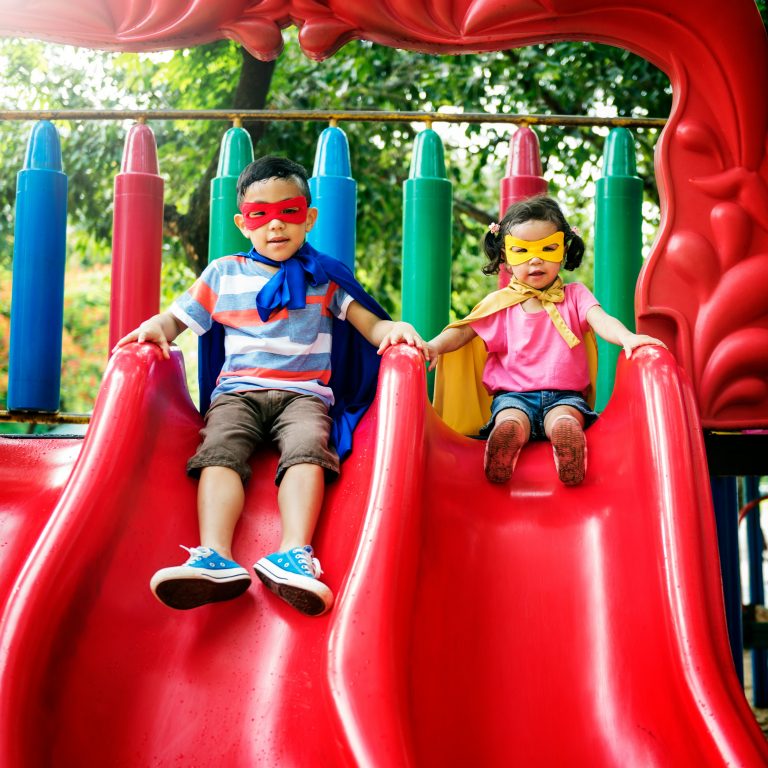When designing or upgrading a play area, safety is always the top priority, especially for schools and public parks where children of all ages and abilities come together to explore and have fun. One of the most important decisions in creating a safe play environment is choosing the right playground surfacing. While playground equipment attracts attention, it’s the surface beneath that plays a crucial role in preventing injuries and supporting inclusive play.
In this blog, we’ll look at the safest playtop playground surfacing options for schools and parks, comparing their benefits, uses, and safety performance to help you make an informed choice.
Why Playground Surfacing Matters
Children fall—that’s a fact of play. Whether it’s a stumble from a climbing frame or a misstep during a game of tag, minor falls are part of growing up. However, serious injuries can be prevented with the correct safety surfacing installed beneath and around the play equipment.
A compliant, impact-absorbing surface reduces the risk of injuries by cushioning falls and providing better grip. In the UK, playground surfaces are generally measured against BS EN 1177, which outlines safety standards for impact-absorbing surfaces in play areas.
Key Features of Safe Playground Surfacing
When selecting a surface for a school or park, several safety factors should be considered:
- Impact absorption to reduce injury risk
- Non-slip properties to support all-weather use
- Accessibility for wheelchairs, pushchairs, and children with mobility needs
- Durability under heavy footfall and frequent use
- Low maintenance for practical long-term use
Each surfacing type offers different strengths depending on the intended use, age group, and budget.
1. Wet Pour Rubber Surfacing
Wet pour rubber, also known as soft pour or poured-in-place rubber, is one of the most popular playground surfaces for schools and public spaces. It’s made by mixing rubber granules with a resin binder and laying it in place to create a seamless, cushioned surface.
Safety benefits:
- Offers excellent shock absorption
- Customisable thickness to meet fall height safety requirements
- Slip-resistant even in wet conditions
- Seamless finish with no trip hazards
- Can be installed in fun colours and designs for educational play
Wet pour meets the critical fall height standard for a wide range of playground equipment, making it ideal for use under climbing frames, slides, and swings.
Ideal for:
Primary schools, nurseries, and public parks with fixed play equipment.
2. Rubber Mulch Surfacing
Rubber mulch is made from shredded rubber, often repurposed from recycled tyres. It mimics the look of natural bark but offers better impact absorption and longer lifespan. The pieces are bonded in place with resin to prevent movement.
Safety benefits:
- Excellent fall protection
- Natural appearance blends well with park environments
- Permeable surface allows for good drainage
- Low-maintenance and long-lasting
Rubber mulch is especially popular in outdoor play areas where a more natural look is desired without compromising on safety.
Ideal for:
Nature-inspired playgrounds, forest schools, and community parks.
3. Artificial Grass with Shock Pad
Artificial grass surfacing is often used in playgrounds for its visual appeal and soft texture. When combined with a shock-absorbing pad underneath, it becomes a safe surface that complies with impact standards.
Safety benefits:
- Provides cushioning and fall protection
- Maintains a natural look all year round
- Non-muddy and low-maintenance
- Good for multi-use areas that combine play and sport
While artificial grass alone doesn’t offer sufficient impact absorption, adding a shock pad allows it to meet safety standards for critical fall height under most play equipment.
Ideal for:
School playgrounds, early years settings, and mixed-use activity spaces.
4. Play Bark and Loose-Fill Woodchip
Loose-fill bark or woodchip is a traditional playground surface that is still used in some outdoor areas. It offers natural cushioning and blends into green environments, but it requires more upkeep.
Safety benefits:
- Natural shock absorption when properly maintained
- Eco-friendly and biodegradable
- Provides a rustic, woodland look
However, bark can scatter, decompose over time, and may need regular top-ups to maintain the correct depth for safety. It’s also not the most accessible option for wheelchairs or prams.
Ideal for:
Low-use rural parks or natural play areas with minimal equipment.
5. Grass Matting (Rubber Safety Mats)
Rubber grass mats are open-cell mats placed over existing grass to protect it from wear and tear while offering some fall protection. They allow grass to grow through and can be used to create a more natural-looking play area.
Safety benefits:
- Offers limited fall protection
- Helps preserve natural grass beneath play areas
- Budget-friendly and easy to install
- Can be used to reinforce high-wear areas
Grass mats are not suitable for high fall height zones but can be a useful option for lower-risk areas or as part of a larger surfacing plan.
Ideal for:
Low-height play zones, trim trails, and nature play routes.
Comparing Surfacing Options by Safety
| Surface Type | Critical Fall Height (approx.) | Slip Resistance | Maintenance | Accessibility |
| Wet Pour Rubber | Up to 3m+ | Excellent | Low | Excellent |
| Rubber Mulch | Up to 3m | Good | Low | Good |
| Artificial Grass + Pad | Up to 2m | Good | Low | Very Good |
| Play Bark / Woodchip | Up to 2.5m | Fair | High | Poor |
| Grass Matting | Up to 1.5m | Fair | Medium | Moderate |
Which Surface Is Right for Your School or Park?
The best surfacing option depends on your space, equipment, and users. For most schools and busy parks, wet pour surfacing offers the best balance of safety, durability, and inclusivity. If you’re aiming for a more natural look, rubber mulch is a close second—especially for public spaces with trees and landscaping.
Artificial grass with a shock pad is ideal for multi-functional school spaces, while loose-fill options can work for smaller or rural sites, provided maintenance is manageable.
If you’re unsure, a site assessment and consultation with a professional surfacing company will help guide you based on critical fall heights, foot traffic, accessibility needs, and long-term plans.
Final Thoughts
Choosing the safest playground surfacing is one of the most important decisions when designing a play area for schools or parks. Not only does it prevent injury, but it also promotes inclusive, year-round play for children of all ages and abilities.
Whether you’re upgrading an old playground or planning a brand-new installation, investing in high-quality, safety-tested surfacing is the best way to protect young users and create a space they’ll enjoy for years to come.


